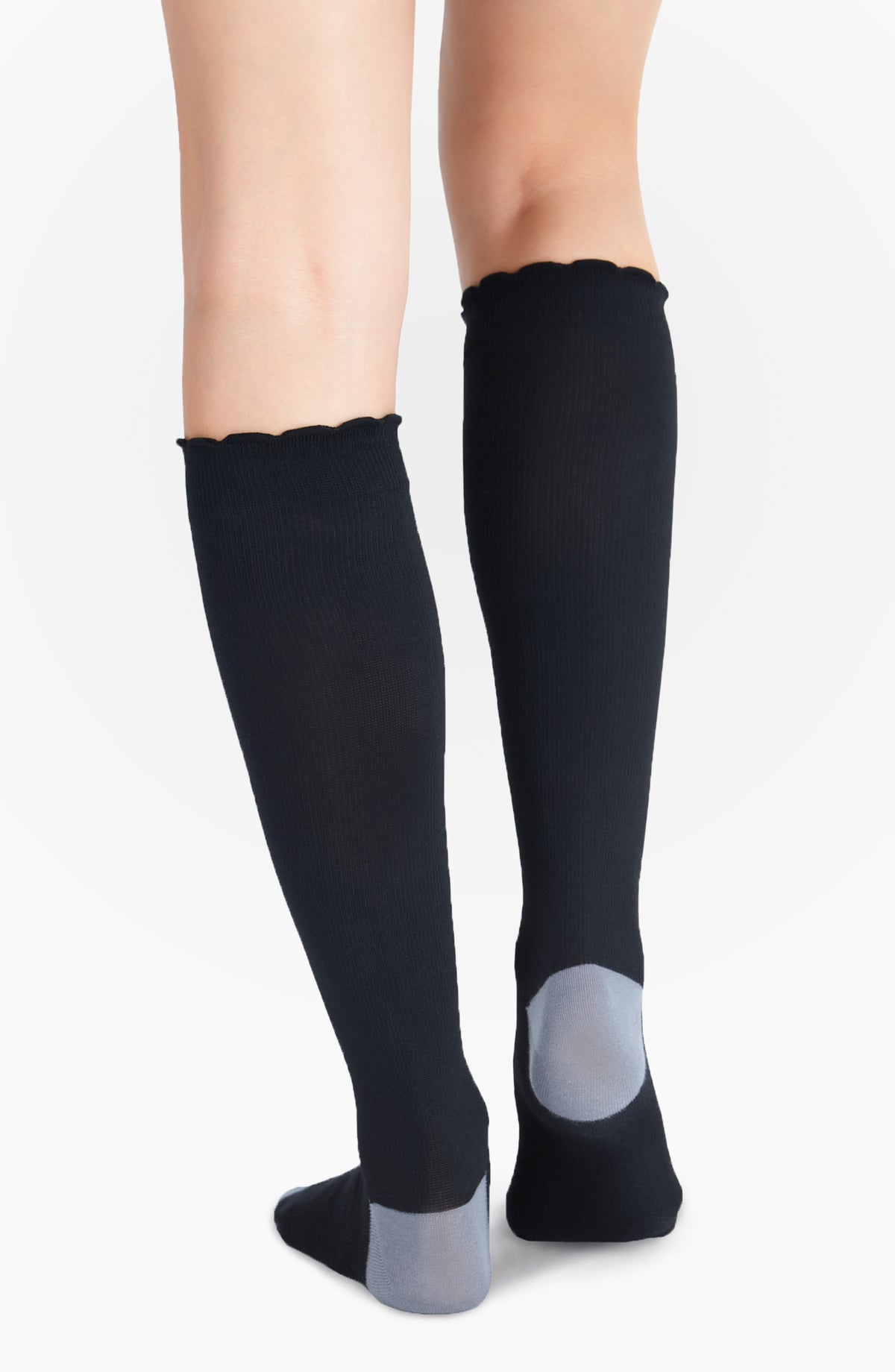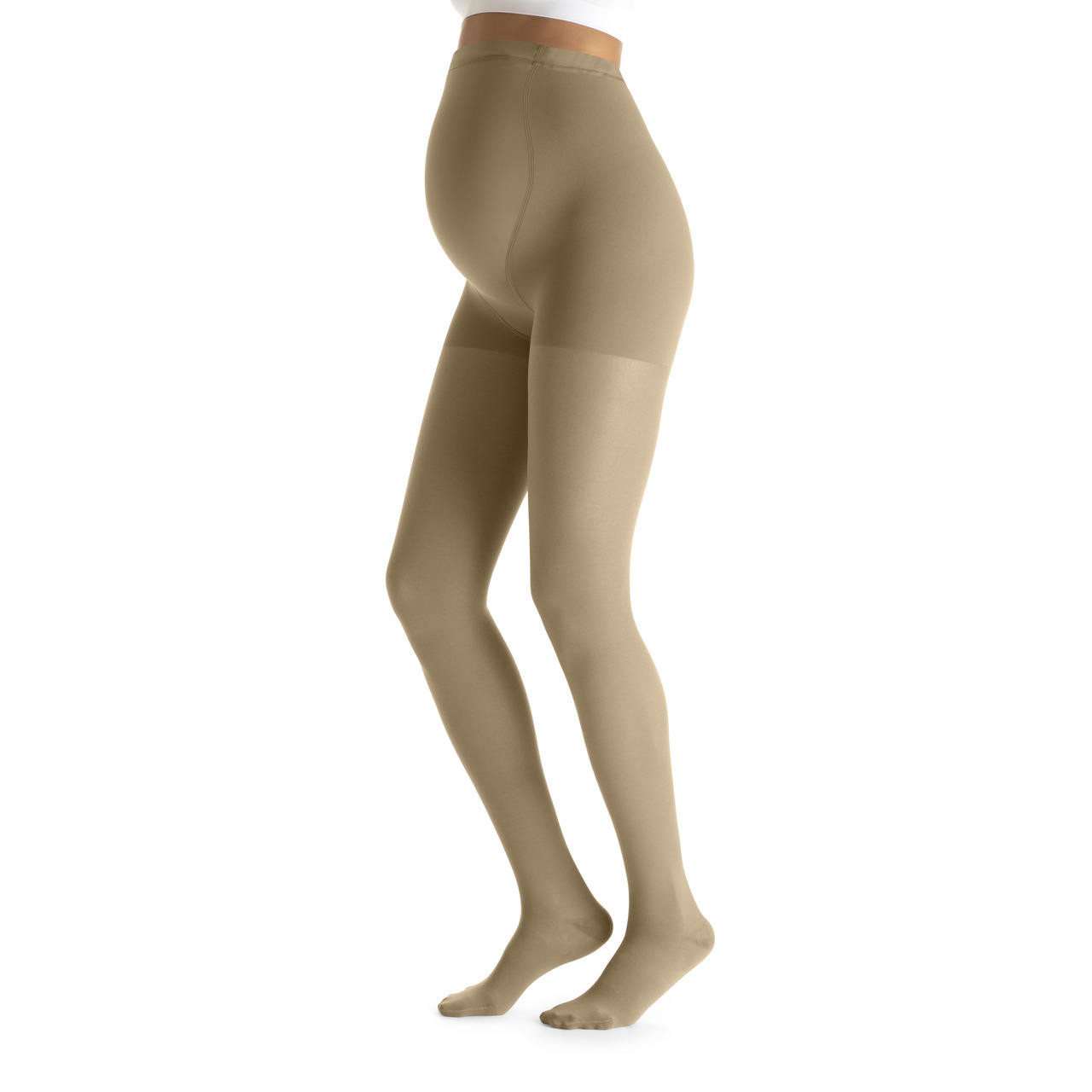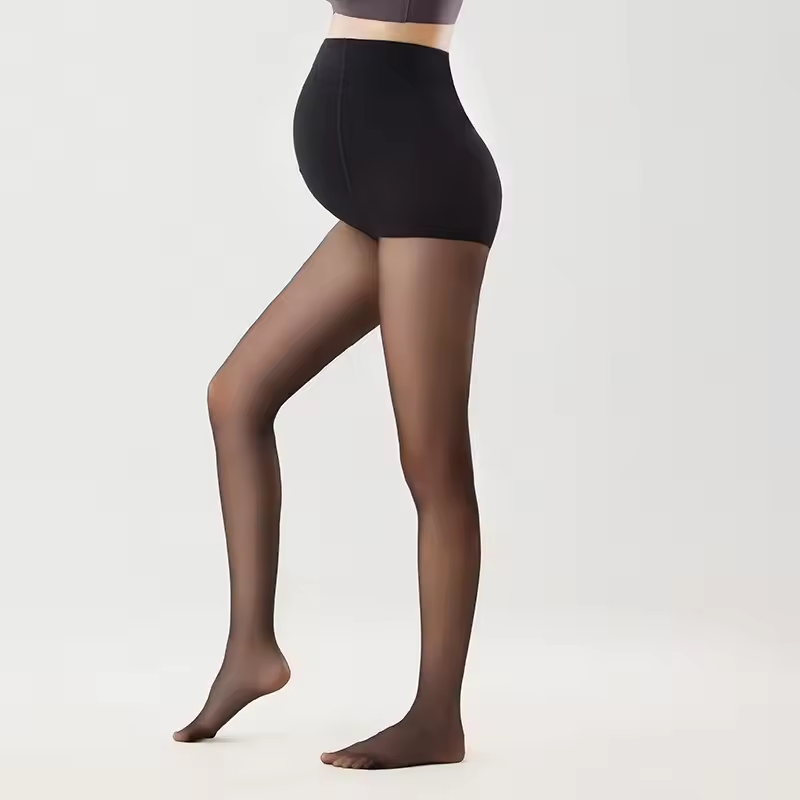Introduction to Compression Stockings during Pregnancy
Pregnancy is a journey filled with numerous physical changes and challenges, many of which can impact a woman’s comfort and health. Among these challenges, swelling, leg pain, and varicose veins are common issues faced by expectant mothers. Compression stockings have emerged as a popular solution to alleviate these discomforts, offering both therapeutic and preventive benefits. This article explores the various advantages of wearing compression stockings during pregnancy and provides practical tips for maximizing comfort while using them.

Understanding the Need for Compression Stockings
The need for compression stockings during pregnancy arises from the body’s physiological changes that increase the risk of venous disorders. The growing uterus exerts pressure on the veins in the pelvis, impeding blood flow back to the heart and leading to increased venous pressure in the legs. This can cause swelling, known as edema, and contribute to the development of varicose veins. Additionally, hormonal changes during pregnancy can weaken the vein walls, further exacerbating these issues. Compression stockings apply graduated pressure to the legs, promoting better blood flow and mitigating the effects of venous pressure, thus addressing these common problems effectively.
Benefits of Compression Stockings for Swelling
Swelling in the legs and feet, medically referred to as edema, is a frequent complaint among pregnant women, particularly in the later stages of pregnancy. Compression stockings are designed to provide firm support, which helps reduce fluid accumulation in the tissues. By applying pressure to the lower extremities, these stockings encourage the movement of excess fluid back into the circulatory system, where it can be processed and eliminated by the body. Regular use of compression stockings can significantly reduce swelling, providing much-needed relief and preventing the discomfort associated with puffiness in the legs and feet.

Alleviating Leg Pain and Fatigue
Leg pain and fatigue are other common issues during pregnancy, often resulting from prolonged standing or sitting, which can impede proper blood circulation. The additional weight of the growing baby also puts extra strain on the legs, leading to discomfort and tiredness. Compression stockings help combat these problems by improving blood flow and reducing the pooling of blood in the lower limbs. The enhanced circulation provided by these stockings helps oxygenate muscles and remove metabolic waste products more efficiently, thereby reducing pain and fatigue. Pregnant women who wear compression stockings often report feeling more energetic and experiencing less leg discomfort throughout the day.
Preventing Varicose Veins
Varicose veins are swollen, twisted veins that can appear in the legs as a result of increased pressure on the venous system during pregnancy. These veins not only cause cosmetic concerns but can also lead to discomfort, pain, and more serious complications such as blood clots. Compression stockings play a crucial role in preventing the formation of varicose veins by supporting the vein walls and valves, facilitating proper blood flow back to the heart. By wearing compression stockings early in their pregnancy, women can reduce the likelihood of developing varicose veins and maintain healthier leg veins throughout this period.

Enhancing Circulation and Reducing Blood Clots
During pregnancy, the risk of developing blood clots, known as deep vein thrombosis (DVT), increases due to changes in blood composition and reduced mobility. DVT can pose significant health risks, including the potential for clots to travel to the lungs, causing pulmonary embolism. Compression stockings enhance blood circulation by exerting gentle pressure on the legs, encouraging the upward flow of blood towards the heart and preventing stagnation in the veins. This improved circulation reduces the risk of clot formation, making compression stockings a valuable tool for pregnant women, especially those who are at higher risk for venous thromboembolism.
Choosing the Right Compression Stockings
Selecting the appropriate compression stockings is essential for achieving the desired benefits and ensuring comfort. Compression stockings come in various levels of pressure, typically measured in millimeters of mercury (mmHg). For pregnant women, mild to moderate compression (15-20 mmHg) is usually recommended, unless a healthcare provider advises a different level based on individual needs. Additionally, the fit and size of the stockings are crucial for effectiveness and comfort. Ill-fitting stockings can cause discomfort and may not provide adequate compression. Pregnant women should consult with a healthcare professional or a specialist in medical garments to determine the correct size and compression level for their specific condition.
Tips for Wearing Compression Stockings Comfortably
While compression stockings offer numerous benefits, wearing them comfortably requires some adjustment and adherence to best practices. To start, it is important to put on the stockings first thing in the morning before any significant swelling occurs. This ensures that the stockings fit properly and provide optimal compression. Pregnant women should also ensure their legs are dry and free from lotions or oils, as these substances can make it difficult to put on the stockings. Gradually rolling the stockings up the legs, rather than pulling, can help prevent overstretching and damage. Additionally, taking breaks throughout the day to elevate the legs can enhance the benefits of compression stockings and provide additional relief from swelling and discomfort.

Maintenance and Care of Compression Stockings
Proper maintenance and care of compression stockings are vital to ensure their longevity and continued effectiveness. Regular washing is necessary to maintain hygiene and elasticity. It is advisable to hand wash the stockings in lukewarm water with mild detergent and avoid using fabric softeners, which can degrade the material. After washing, compression stockings should be air-dried away from direct heat sources to prevent shrinkage and loss of compression integrity. Rotating between multiple pairs of stockings can also help prolong their lifespan and ensure that there is always a clean pair available. Following these care instructions will help pregnant women maximize the benefits of their compression stockings throughout their pregnancy.
Consulting Healthcare Providers
Before starting to use compression stockings, it is essential for pregnant women to consult their healthcare providers. A healthcare professional can evaluate individual health conditions and recommend the most suitable type and level of compression. This is particularly important for women with pre-existing vascular conditions or those at increased risk of complications such as DVT. Regular check-ups and follow-ups with healthcare providers can ensure that the compression stockings are providing the intended benefits and that any adjustments can be made promptly if necessary. Professional guidance ensures that the use of compression stockings is both safe and effective during pregnancy.

Psychological Benefits and Overall Well-being
Aside from the physical advantages, wearing compression stockings during pregnancy can also have psychological benefits, contributing to an overall sense of well-being. Knowing that they are taking proactive steps to manage discomfort and prevent potential complications can provide peace of mind to expectant mothers. This sense of control over their health can reduce anxiety and stress, which are common during pregnancy. Feeling physically supported and comfortable allows pregnant women to engage more fully in daily activities and enjoy the experience of pregnancy without being constantly hindered by leg pain, swelling, or fatigue. Thus, compression stockings play a role in enhancing both physical and mental health during this critical time.
Conclusion: Embracing Comfort and Health
In conclusion, compression stockings offer a multitude of benefits for pregnant women, from reducing swelling and alleviating leg pain to preventing varicose veins and enhancing circulation. By choosing the right compression level and fit, and adhering to best practices for wearing and maintaining these stockings, expectant mothers can significantly improve their comfort and well-being throughout pregnancy. Consulting healthcare providers ensures that the use of compression stockings is tailored to individual needs, maximizing their effectiveness and safety. Embracing the use of compression stockings as part of a comprehensive approach to prenatal care can help pregnant women navigate the physical challenges of pregnancy with greater ease and confidence, ultimately contributing to a healthier and more enjoyable pregnancy experience.









